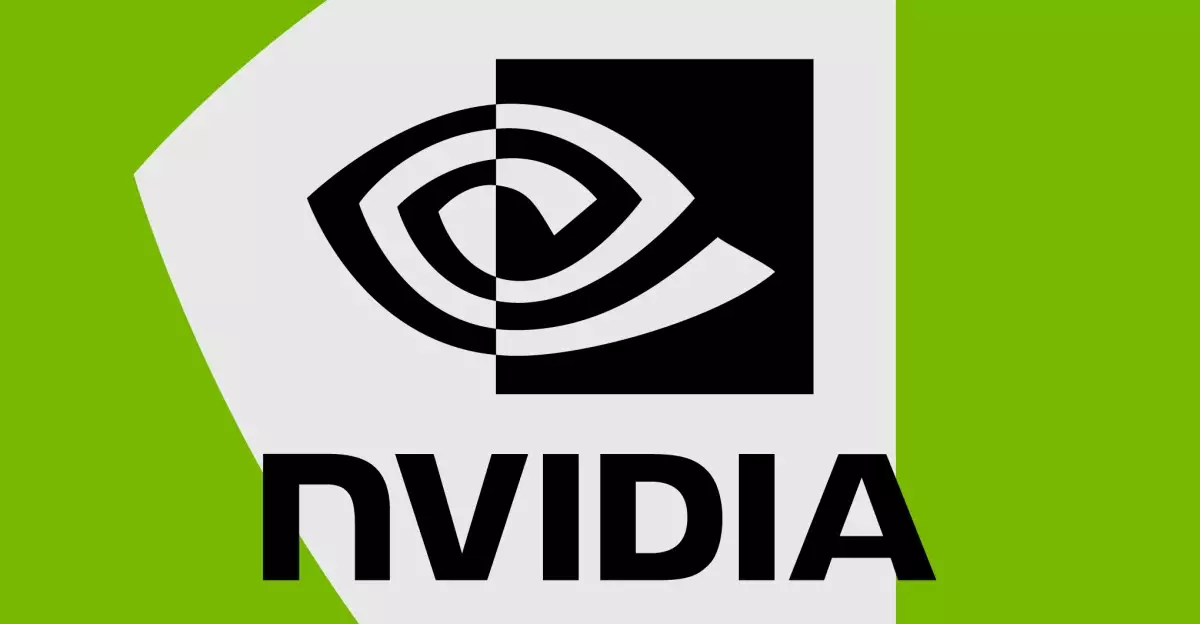For PC gamers and professionals alike, the graphics processing unit (GPU) is a cornerstone of performance, defining how smooth a game runs or how rendering-intensive tasks are handled. Nvidia has long held a reputation of excellence in this domain, crafting groundbreaking GPUs that push the boundaries of technology. However, in recent months, their once-stable GPU driver ecosystem has come under fire. Various updates intended to enhance user experience instead introduced a slew of issues, creating chaos for Nvidia users.
The Start of the Downward Spiral
The source of the upheaval traces back to the early updates associated with the RTX 50-series GPUs, released in January. Users began to report alarming problems ranging from black screen incidents to sudden game crashes. The intention behind these updates was clear: to advance performance and stabilize the new cards. However, in practice, it feels as though the updates were more of a stop-gap measure than a well-conceived strategy. Forum posts and social media buzzed with frustrations, highlighting the discontent within the Nvidia community.
A Frustrating Hotfix Cycle
Rather than resolving the issues, newer drivers led Nvidia users into a mire of fresh challenges. The 576.02 driver, composed to serve as the savior for many, resulted in users experiencing even more glitches, such as incorrect GPU temperature readings. This prompted Nvidia to release yet another hotfix, the 576.15 version, aimed at addressing these ongoing discrepancies. However, while this version rectified a few issues, including idle GPU clock speed problems and flickering in various games, lingering reports of game crashes and performance drops haunt the forums.
This cycle of hotfixes is not just an inconvenience; it reflects a worrying inconsistency in driver development. For a company once celebrated for consistently stable drivers, the frequency of these hotfixes raises questions about the effectiveness of their quality control measures.
The Community’s Response and Rollbacks
In light of the overwhelming bugs, many users temporarily sidestepped Nvidia’s recent nightmare by rolling back to the December 566.36 driver. This workaround highlights the desperation within the community, particularly for gamers who rely on their hardware to perform flawlessly. However, for users of the RTX 50-series GPUs, this option isn’t viable, creating a unique predicament: the very users who shelled out premium for cutting-edge technology find themselves trapped in a cycle of frustration.
The response from the gaming community has been vocal and passionate, with many expressing their discontent through platforms like Reddit and Nvidia’s support forums. The shared burdens of these technical issues have cultivated a sense of solidarity among users, but it also casts a shadow over Nvidia’s credibility. How is it that a leader in the field can drop the ball so dramatically during a major product launch?
Historical Comparison: A Shift in Stabiliy?
Historically, Nvidia’s drivers have set a benchmark that others, like AMD and Intel, have strived to meet. Stability and compatibility were synonymous with Nvidia. However, the recent experience betrays that legacy, as more gamers encounter persistent issues previously unseen in competitive sectors. The stark juxtaposition of past triumphs versus recent tribulations places Nvidia’s stability in a precarious position.
Aside from software woes, the hardware launch itself was mired in controversy. Reports of melting power cables and missing components add to a narrative that feels less about innovation and more about mishaps. These compounded issues create new doubts, not just about Nvidia’s products but also their customer support.
Looking Ahead: A Call for Restored Confidence
As Nvidia attempts to stabilize the situation amidst a flurry of hotfixes, the essential question lies: how will they regain the trust of their community? It’s crucial for Nvidia to prioritize quality over expedience in their updates. Streamlining communication with users about known issues and updates can go a long way in restoring the faith that their brand has built over decades.
For Nvidia, the path to redemption may not just lie in fixing bugs but in thoroughly reassessing their development processes. When the integrity of their product line comes into question, the fallout can impact not just sales but also the reputation of a company that has long thrived on innovation and excellence. The road ahead is fraught with challenges, but overcoming them may redefine the future of Nvidia’s software and hardware ecosystem.

